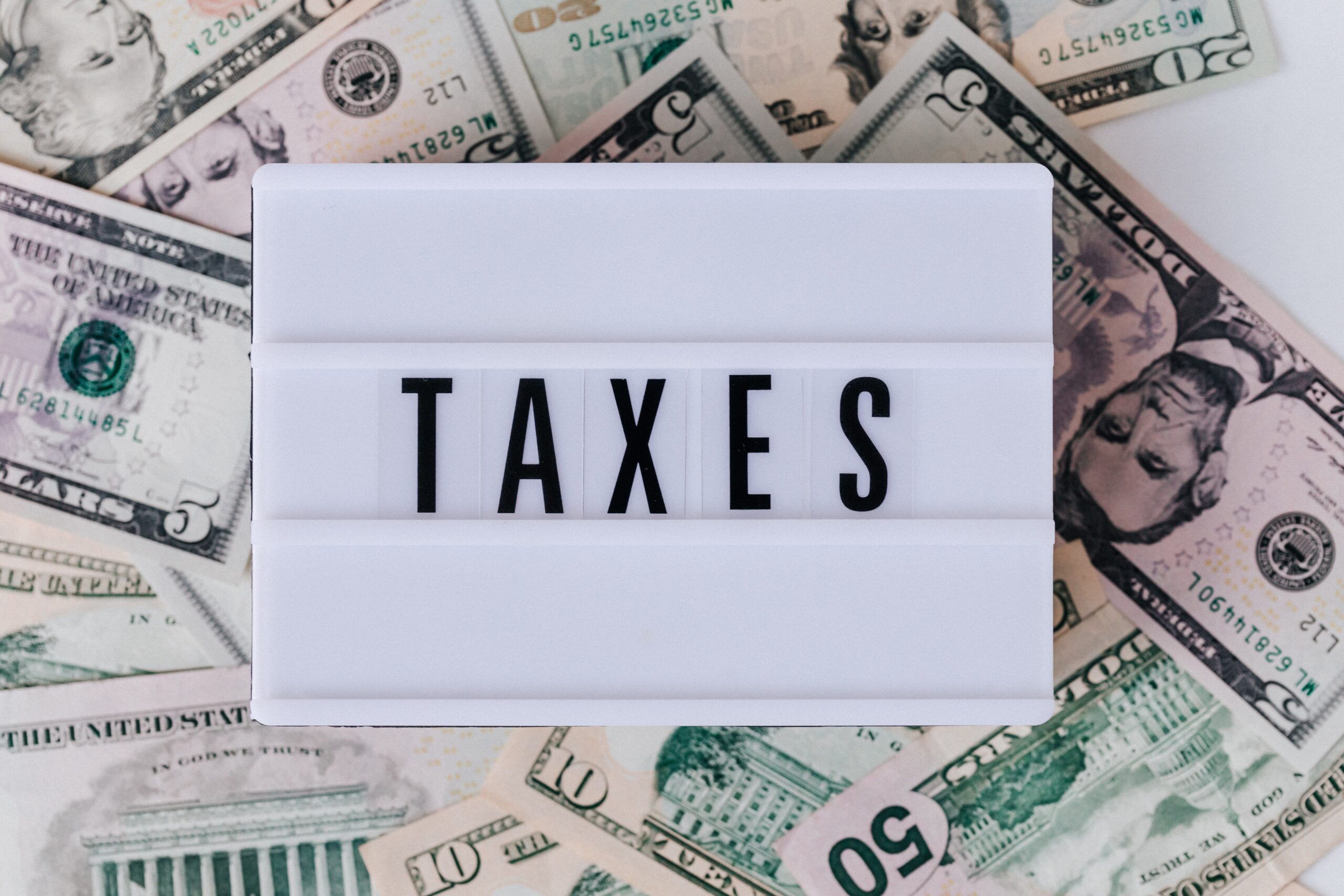2024 Update
Many investors selling real estate or other high value investments are often surprised to find out that their tax liability could be subject to an extra 3.8% surtax in addition to the applicable short-term or long-term capital gains tax rates. The Net Investment Income Tax (“NIIT”) or Medicare Tax is a 3.8% surtax imposed by Section 1411 of the Internal Revenue Code on investment income. The NIIT went into effect on January 1, 2013 and can apply to some high-income taxpayers (individuals and trusts) who have a modified adjusted gross income (“MAGI”) that exceeds a certain statutory threshold.
What are the statutory thresholds amounts for the NIIT?
Individuals will owe the tax if they have Net Investment Income, and their MAGI is over the following thresholds. The NIIT will apply to income in excess of these thresholds:
| Filing Status | Threshold Amount |
|---|---|
| Married filing jointly | $250,000 |
| Married filing separately | $125,000 |
| Single | $200,000 |
| Head of household (with qualifying person) | $200,000 |
| Qualifying widow(er) with dependent child | $250,000 |
Source: https://www.irs.gov/newsroom/questions-and-answers-on-the-net-investment-income-tax
“Taxpayers should be aware that these threshold amounts are not indexed for inflation. If you are an individual who is exempt from Medicare taxes, you still may be subject to the Net Investment Income Tax if you have Net Investment Income and also have modified adjusted gross income over the applicable thresholds.”
Chart and accompanying sub-text courtesy of the IRS – for an in-depth discussion of the NIIT visit The IRS Q&A here.
Long-term capital gains and the NIIT
A taxpayer’s corresponding federal capital gains tax rate varies and is based on the taxpayer’s income which, depending on their filing status, falls into one of three brackets and is assigned into the 0%, 15%, or 20% tax category. The income brackets for capital gains taxes are adjusted to inflation, so they change every year, unlike the thresholds for the NIIT that were discussed above.
| 2024 Capital Gains Tax Rates and Brackets | ||||
|---|---|---|---|---|
| Rate | Single Taxpayer | Married Filing Jointly | Married Filing Separately | Head of Household |
| 0% | $0 – $44,625 | $0 – $89,250 | $0 – $44,625 | $0 – $59,750 |
| 15% | $44,625 – $492,300 | $89,250 – $553,850 | $44,625 – $276,900 | $59,750 – $523,050 |
| 20% | $492,300+ | $553,850+ | $276,900+ | $523,050+ |
Source: https://www.irs.gov/taxtopics/tc409#:~:text=Capital%20Gain%20Tax%20Rates,or%20qualifying%20widow(er
In practice, the NIIT may not only apply to those in the highest capital gains tax rate bracket creating a liability of 23.8%, but it could also apply to taxpayers in the high end of the middle bracket (15%) turning their potential liability into 18.8%. For example, a married couple with $350,000 in income would not make it into the 20% bracket, but a portion of their gain would be subject to an 18.8% (15% + 3.8%) rate because they fall above the NIIT threshold of $250,000. If the same married couple made $525,000 in total income, a portion of their gain would be taxed at 23.8% (20.0% + 3.8%).
Application
It is important to keep in mind that the tax only applies to net investment income. Net investment income includes capital gains on the sale of investment property (property held as a passive investment) including most rental property. It could also include distributions from an investment in an entity in which the shareholder/partner is a passive owner (is not active in management). It should be noted that gain from the sale of business properties and assets used primarily in a trade or business (not held for investment purpose) are excepted from the NIIT. Gain from the sale of stock in an S-Corp that meets the criteria of an “active business” can also be excluded if the selling shareholder actively participates in the business. However, the gain attributable to the sale of shares in a C-Corp or their dividends are considered a passive investment and therefore subject to the NIIT.[i]
The NIIT only affects individuals, trusts and estates, and any entities with pass-through income from investments, for e.g. tax partnerships and S-corporations.
The NIIT is reported on Form 8960; the instructions to which read in pertinent part:
“Gains and losses that aren’t taken into account in computing taxable income aren’t taken into account in computing net investment income. For example, gain that isn’t taxable by reason of section 121 (sale of a principal residence) or section 1031 (like-kind exchanges) isn’t included in net investment income.”
For more information, please visit the following IRS webpages:
Pub 550: Investment Income and Expenses (Including Capital Gains and Losses)
Pub 925: IRS resources on Passive Activities
[i] See IRS Chief Counsel Advice (CCA) 202118009.
Legal 1031 does not provide tax or legal advice, nor can we make any representations or warranties regarding the tax consequences of any transaction. Taxpayers must consult their tax and/or legal advisors for this information. Unless otherwise expressly indicated, any perceived federal tax advice contained in this article/communication, including attachments and enclosures, is not intended or written to be used, and may not be used, for the purpose of (i) avoiding tax-related penalties under the Internal Revenue Code or (ii) promoting, marketing or recommending to another party any tax-related matters addressed herein. Copyright © 2023 Legal1031. All rights reserved. No rights claimed with respect to fair use and public domain materials.


